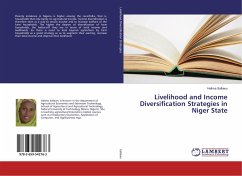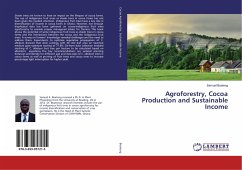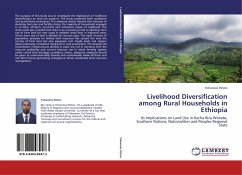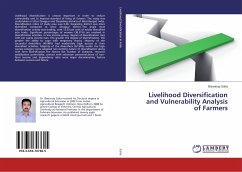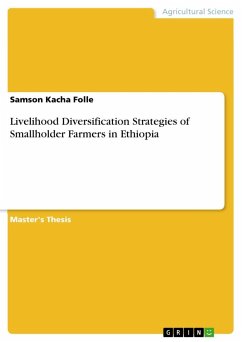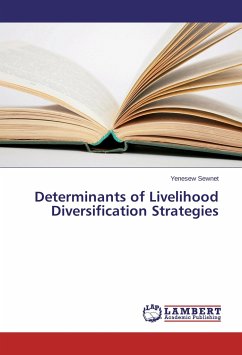
Determinants of Livelihood Diversification Strategies
Versandkostenfrei!
Versandfertig in 6-10 Tagen
33,99 €
inkl. MwSt.

PAYBACK Punkte
17 °P sammeln!
Livelihood diversification is defined as the process by which rural families construct a diverse portfolio of activities and social support capabilities in order to survive and to improve their standards of living. The determinants of livelihood diversification can be different on the basis of location, assets, income levels, opportunities, institutions and social relations. Generally, livelihood diversification determinants can be classified into two broad categories i.e. pull and push factors. Push factors are rural population growth, farm fragmentation and declining agricultural productivit...
Livelihood diversification is defined as the process by which rural families construct a diverse portfolio of activities and social support capabilities in order to survive and to improve their standards of living. The determinants of livelihood diversification can be different on the basis of location, assets, income levels, opportunities, institutions and social relations. Generally, livelihood diversification determinants can be classified into two broad categories i.e. pull and push factors. Push factors are rural population growth, farm fragmentation and declining agricultural productivity are commonly-cited causes for diversification. On the other hand pull factors include proximity to the market, availability of roads, and the existence of comparative advantages.




